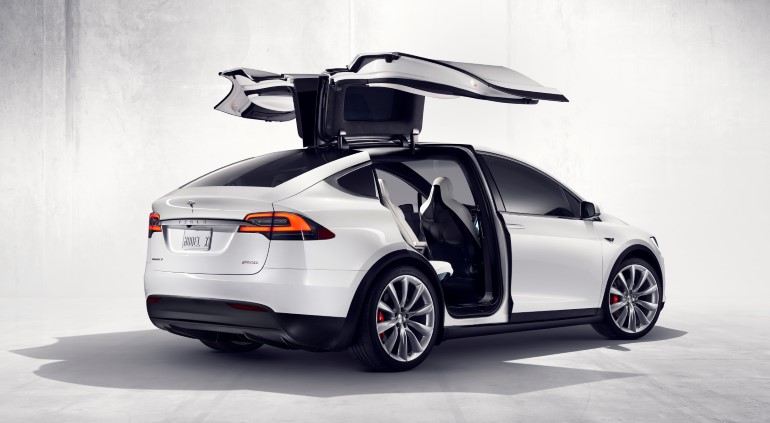
Fully electric cars
For example: Tesla and Polestar
Pros
One thing that’s great about electric cars is they don’t need any heaters as this is already built-in. This means a defroster is already in place in the car, which is great if you live in an area where sub-zero temperatures are common.
Fully electric doesn’t need the same type of transmission used in fossil fuel cars. In other words, we can treat them like automatic transmission cars when we install mechanical hand controls. However, full electrical functions might be an issue. See the cons section below.
Other simple mechanical alterations such as swivels seats and transfer boards etc are usually not a problem to install. But as we’ve said before, always check with your vehicle adaptation technician before buying a car.
Cons
These types of vehicles can be very different from the cars we are used to. Ironically, finding a power source in a fully electric car can be a huge issue, as these cars might not use the 12V standard. For example, electric functions on a set of hand controls might not be electrically compatible with the car.
For more power demanding adaptations, simply finding a place to tap the power that can handle enough amperage can be a problem.
Another design element that might differ is how the seat attaches to the floor. Typically, a seat attaches to the floor with four bolts but on certain fully electric cars, this is not always the case. Furthermore, even if it’s possible to remove the seat physically, the car’s electronics might not allow it. Being able to circumvent systems like this is up to the manufacturer. Some of them will approve of bypassing certain systems while others are very strict and won’t even allow third parties to service their cars.